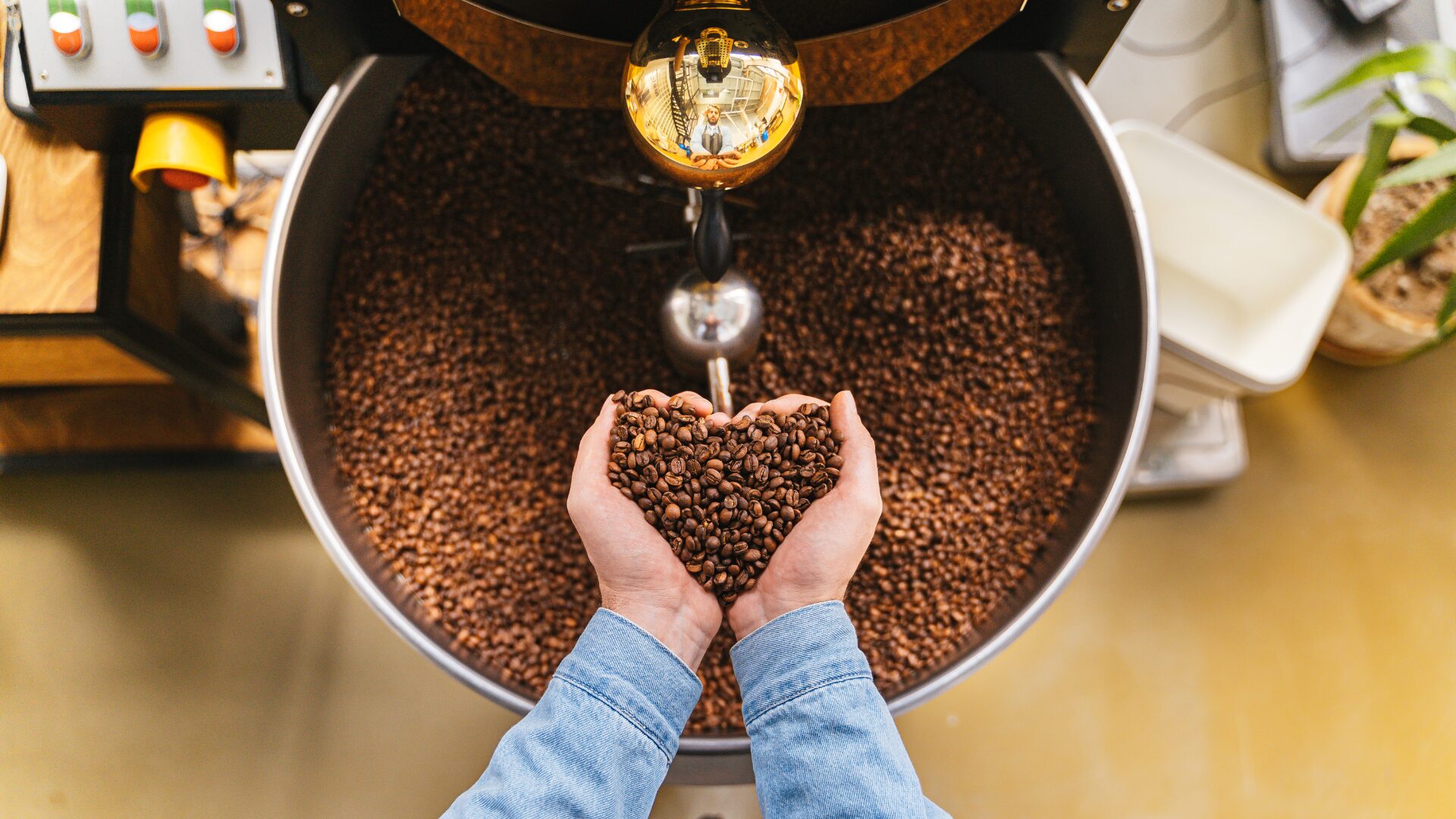Alternative outreach options like social media are usually associated with fashion and similar retail segments, but grocers also can benefit from sharpening their social presence.
The Grocery eCommerce Benchmarks and Insights report by MikMak looked into some of the key ways retailers can improve their social media marketing strategies.
One platform grocers shouldn’t ignore is YouTube. MikMak found that the platform earned a Purchase Intent Rate of 5.2%, 1.4X higher than any other category benchmark for grocery brands. The controlled nature of the site makes it excellent for showcasing products that do better with extended engagement than quick glimpses, such as food.
“Unlike other ‘scroll-worthy’ platforms, YouTube, by design, is meant to keep you focused on the content at hand and when done right, brands can leverage partners, creators and talent to generate engaging content that will goose the efficacy of a branded ad, thus driving higher purchase consideration and sales,” said Catherine Merritt, CEO at Spool.
The Marketing Merits of TikTok, etc.
That doesn’t mean YouTube is a one-size-fits-all solution for grocers looking to expand their marketing efforts in new spaces. Companies should be looking at multiple platforms to find the one that best fits the needs of their audience, as well as their marketing team’s expertise.
“Certain platforms are terrific for awareness, discovery and consideration like TikTok and Instagram,” Merritt said. “While those are less effective at driving actual purchase, when done right, they can be effective upper-funnel awareness drivers, and then it’s up to the brands to have a smart targeted/paid plan to push that awareness further down the funnel on higher-performing purchase platforms – like YouTube.”
Timing a Campaign
Additionally, grocers shouldn’t just throw their campaigns into the wild whenever they’re finished — timing is important. MikMak found that 1 p.m. on Thursdays was the time shoppers were most likely to buy groceries online. Making an effort to align campaigns with this period can have a significant impact, especially if grocers look into why this behavior is common.
“That’s a great insight, not only from a specifics standpoint, but from a contextual standpoint,” said Merritt. “It’s like the insight that a consumer who buys a bigger-priced item in September is the most valuable (as they’re not buying a gift or during a holiday-promo) and in this case, the intel suggests that people are preparing their meals and needs before the weekend, not on Sundays.”
Getting the platform and the timing right is just one part of smart social media marketing. Merritt noted that grocers looking to take full advantage of the possibilities also need to ensure they’re providing “compelling calls-to-action, promotions, bold images and test-and-learn approach” to their social outreach.
“Testing against different audiences, consumers, zip codes, ages and other key demos is the best place to start,” Merritt said. “Once those are in place, conduct the tests for insights before putting too much paid against the ads, so the investment yields the strongest return.”











